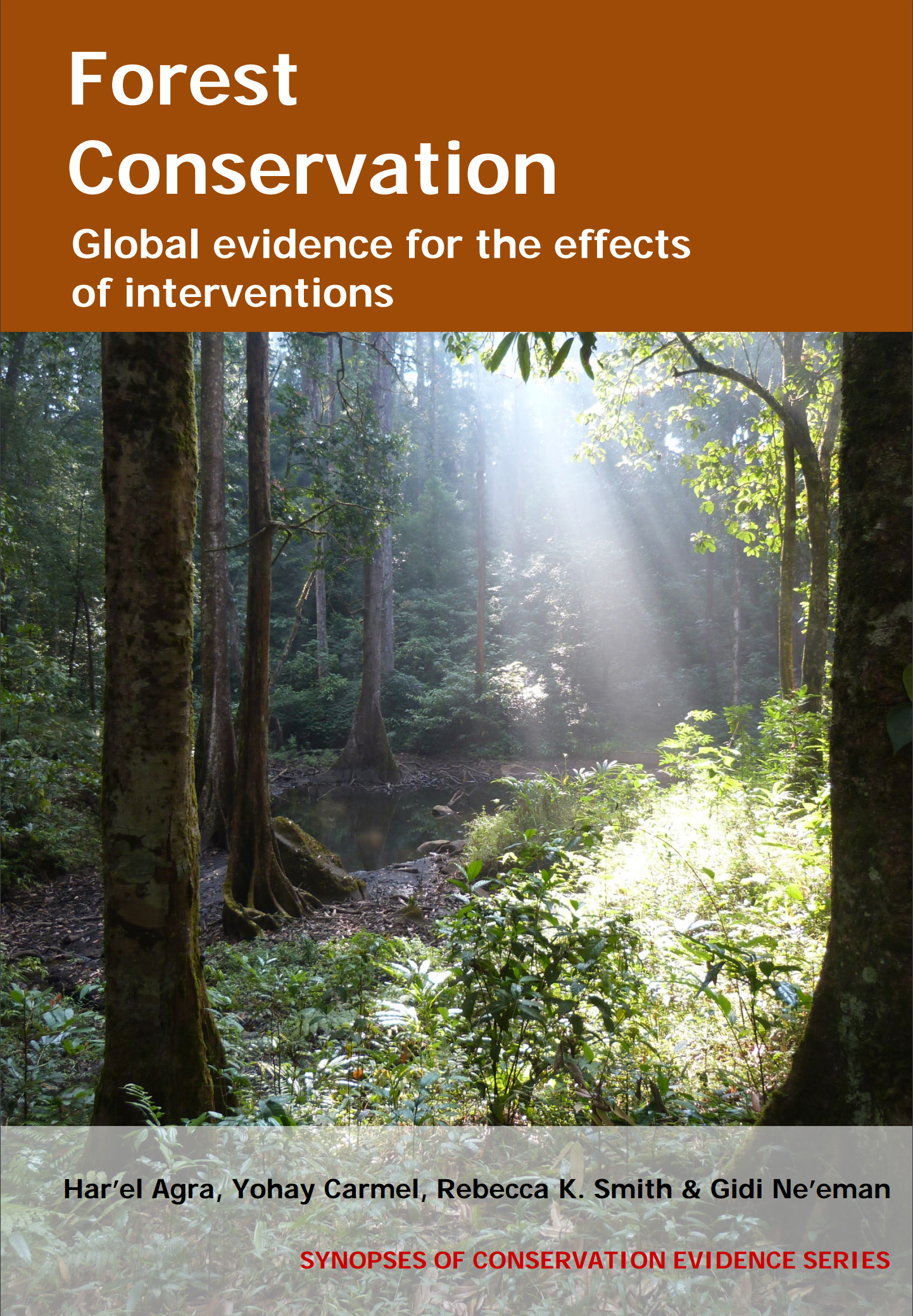Add organic matter after tree planting
-
Overall effectiveness category Unknown effectiveness (limited evidence)
-
Number of studies: 2
View assessment score
Hide assessment score
How is the evidence assessed?
-
Effectiveness
20% -
Certainty
25% -
Harms
50%
Study locations
Supporting evidence from individual studies
A randomized, replicated, controlled study in 1989–1990 in a former arable field in New Jersey, USA (Facelli 1994) found that adding leaf litter to plots reduced tree of heaven Ailanthus altissima seedling emergence and survival, but increased their biomass if competing herbs were present. Plots with added leaf litter had lower seedling emergence than those without (litter: approx. 6; no litter: approx. 9 seedlings/plot). Seedling mortality in plots with litter was higher (approx. 31%) than in plots without (approx. 7%). Where competing herbs were present, seedling biomass was higher in plots with litter (no data provided). Where competing herbs were absent, biomass was similar with and without litter (no data provided). Sixteen plots (0.8 × 1 m) received dried, cleaned leaf litter from white oak Quercus alba at 150 g/m2, held in place by chicken wire mesh. The remaining 16 plots received no leaf litter. In all plots, 20 seeds had been planted to ensure regeneration.
Study and other actions testedA replicated, randomized, controlled study in 1991-1995 in a degraded temperate coniferous forest in Idaho, USA (Walsh & Redente 2011) found that addition of wood-chips before restoration planting decreased the survival rate of planted western white pine Pinus monticola seedlings. Survival rate was lower with wood-chips (10-15%) than in untreated plots (72-75%). Untreated and wood-chip addition (at 90,000 kg/ha) treatments were applied in 1991 to eight plots (3 × 10 m) at each of two hilltop sites. All sites were fertilized with nitrogen, phosphorus and potassium at 112, 56 and 90 kg/ha respectively and were planted with western white pine trees, along with shrubs and grasses, before treatments in 1991. Data were collected in 1995.
Study and other actions tested
Where has this evidence come from?
List of journals searched by synopsis
All the journals searched for all synopses
This Action forms part of the Action Synopsis:
Forest Conservation
Forest Conservation - Published 2016
Forest synopsis





)_2023.JPG)














